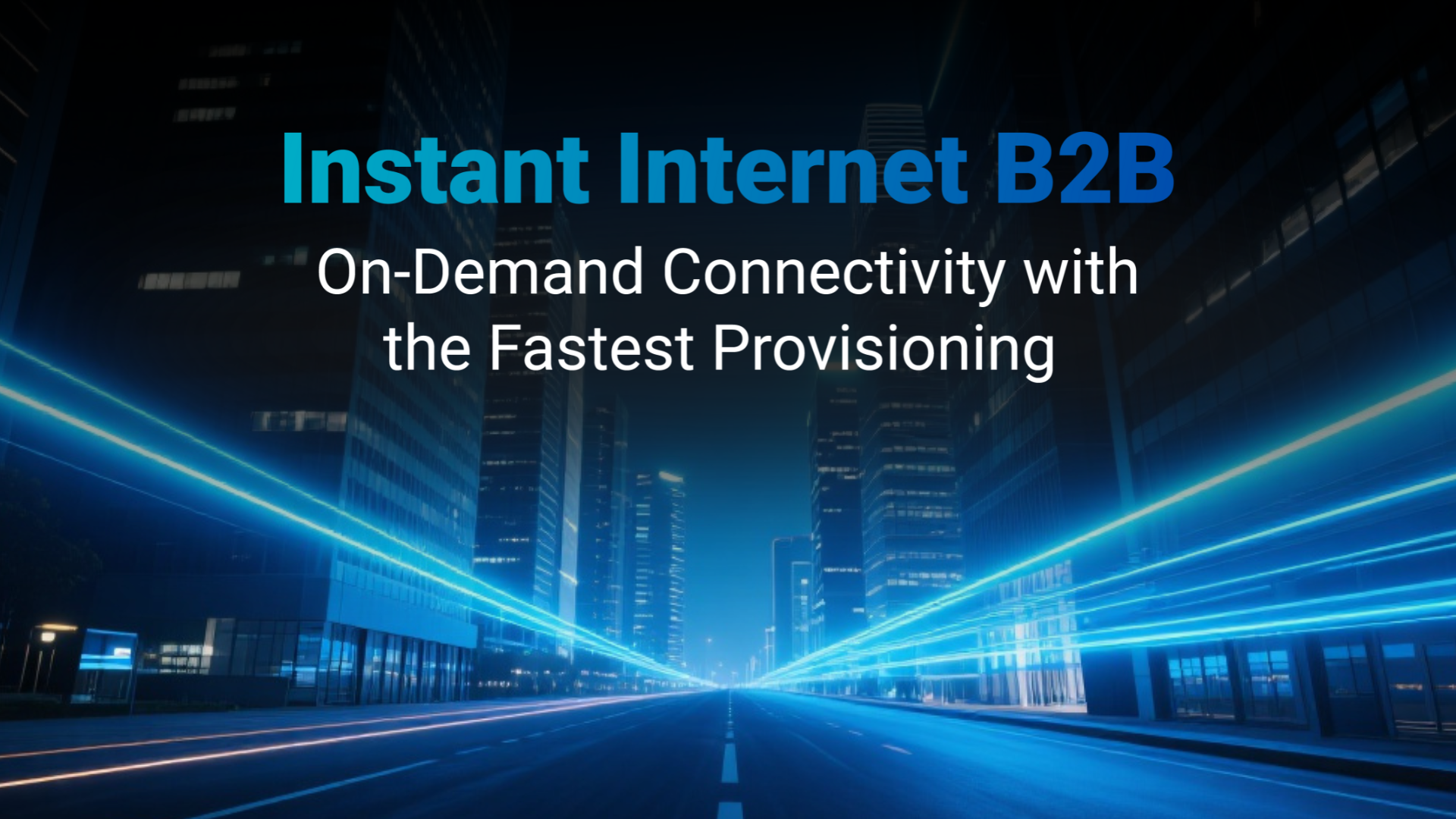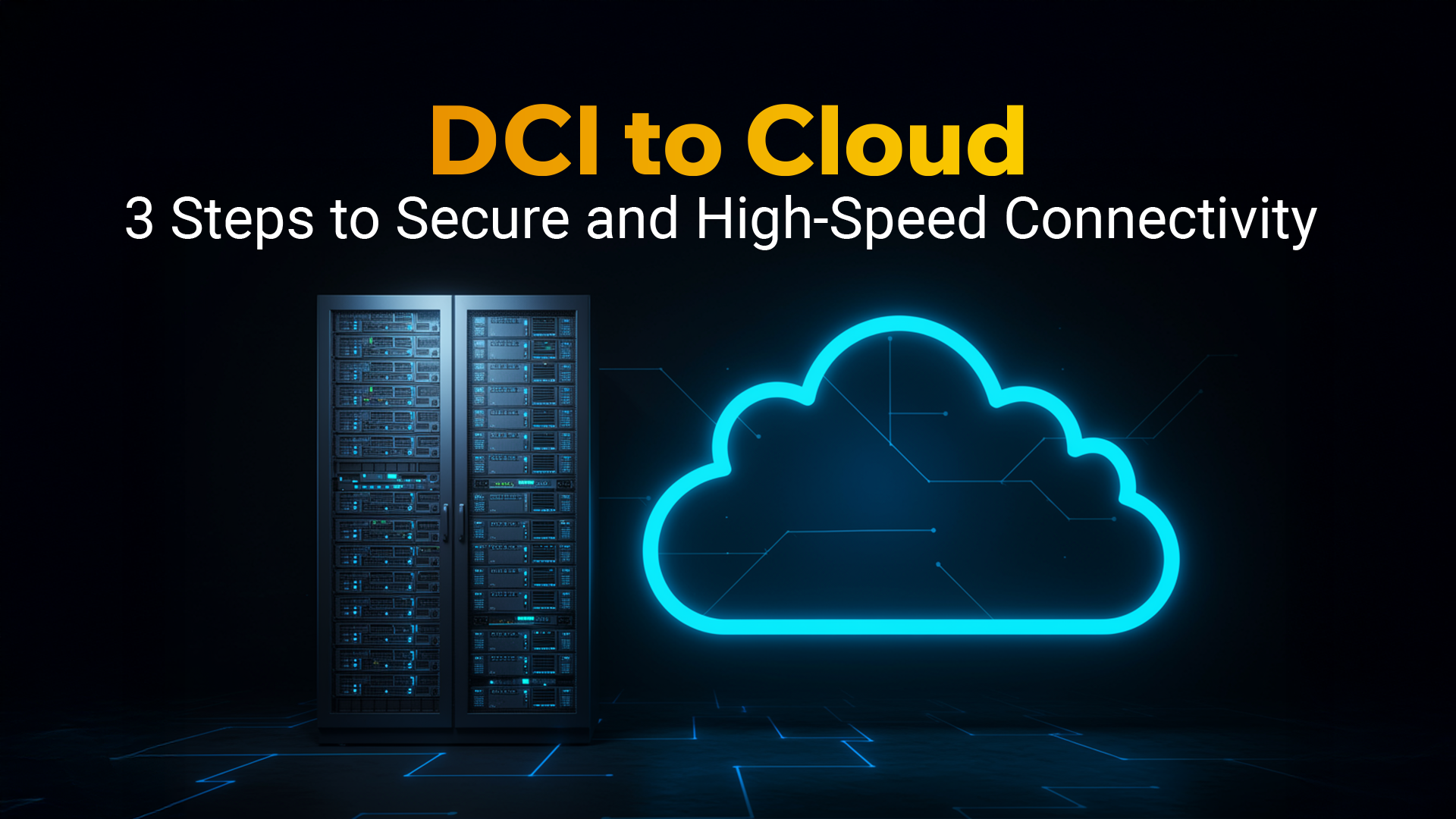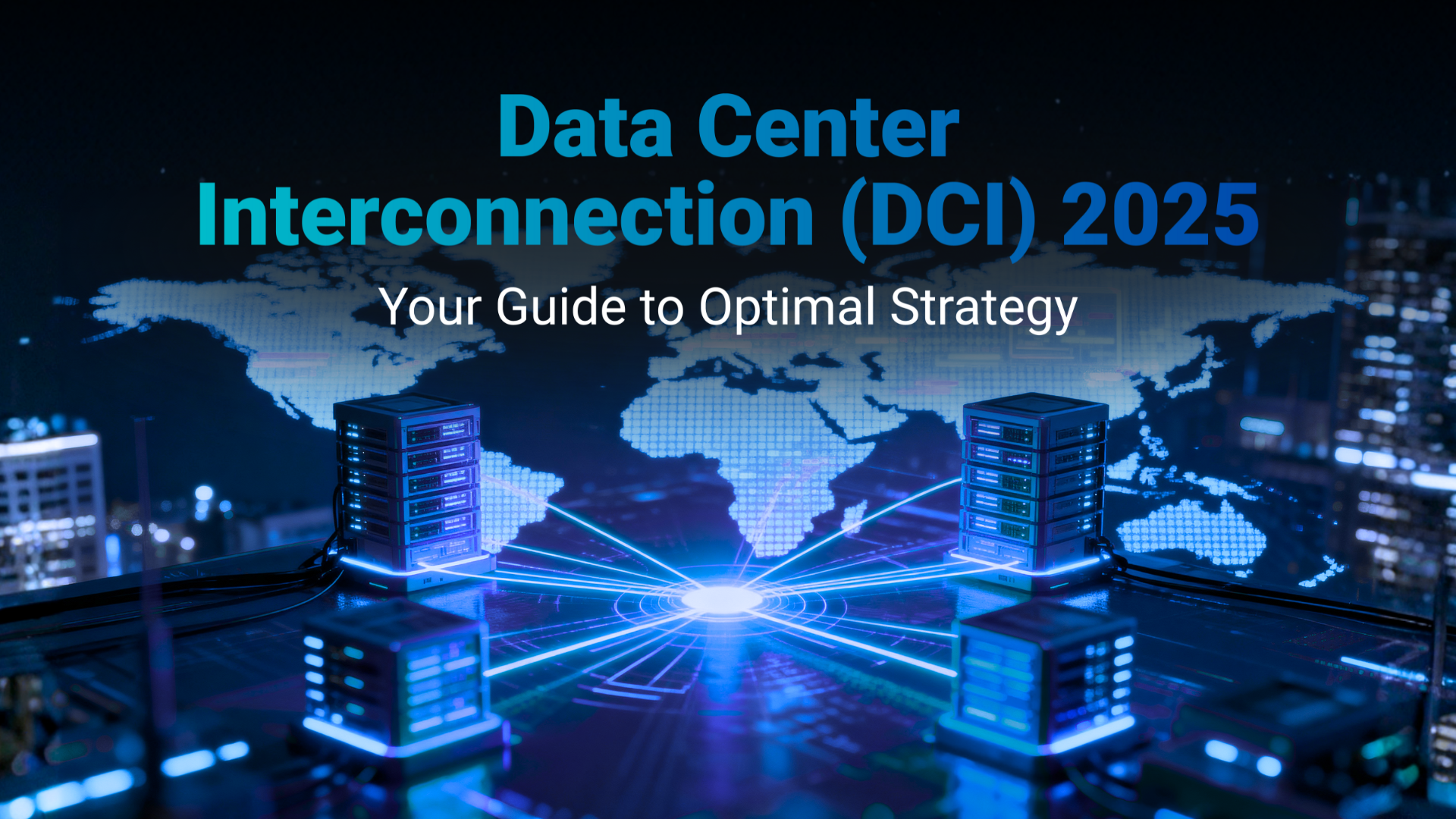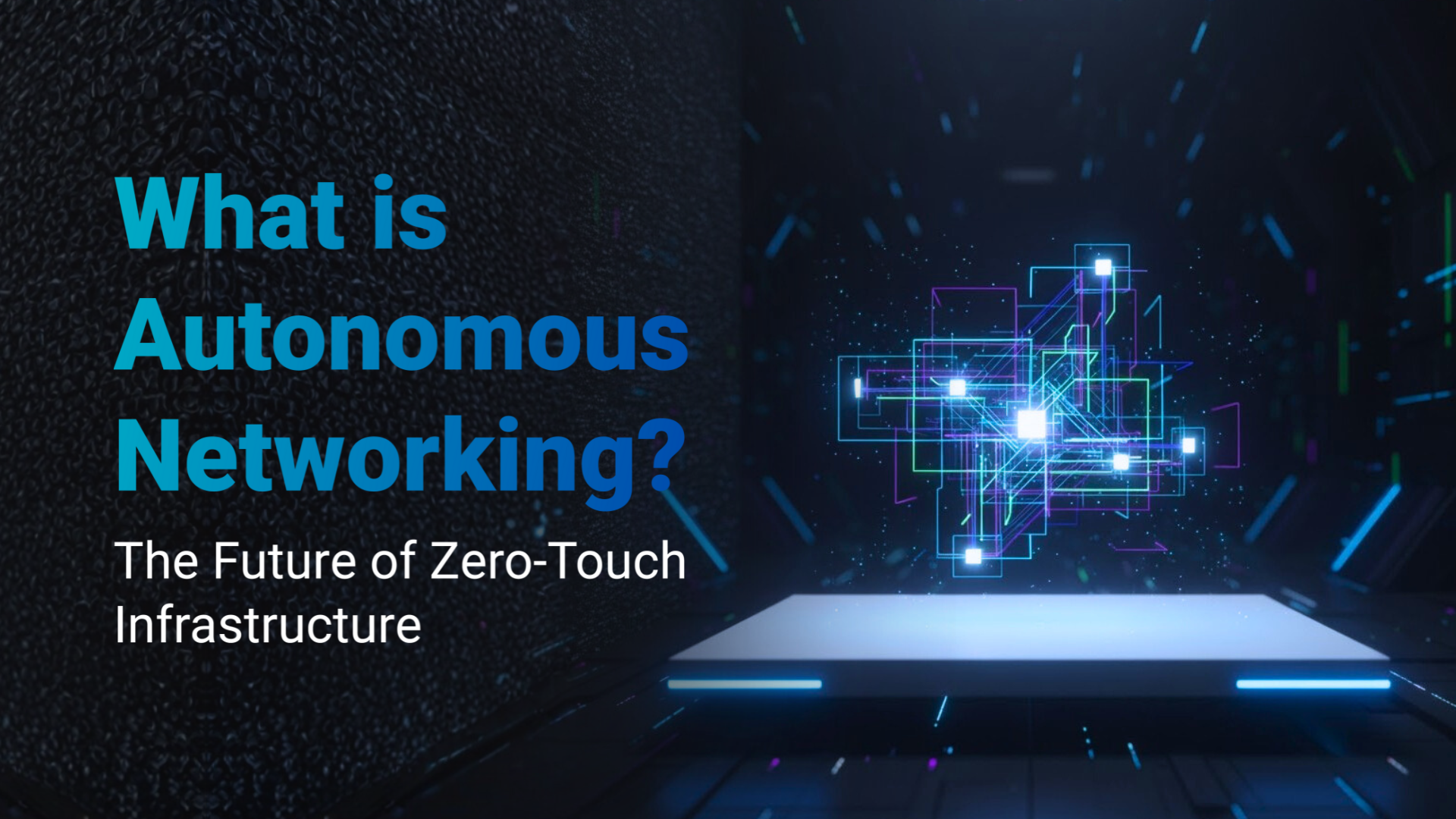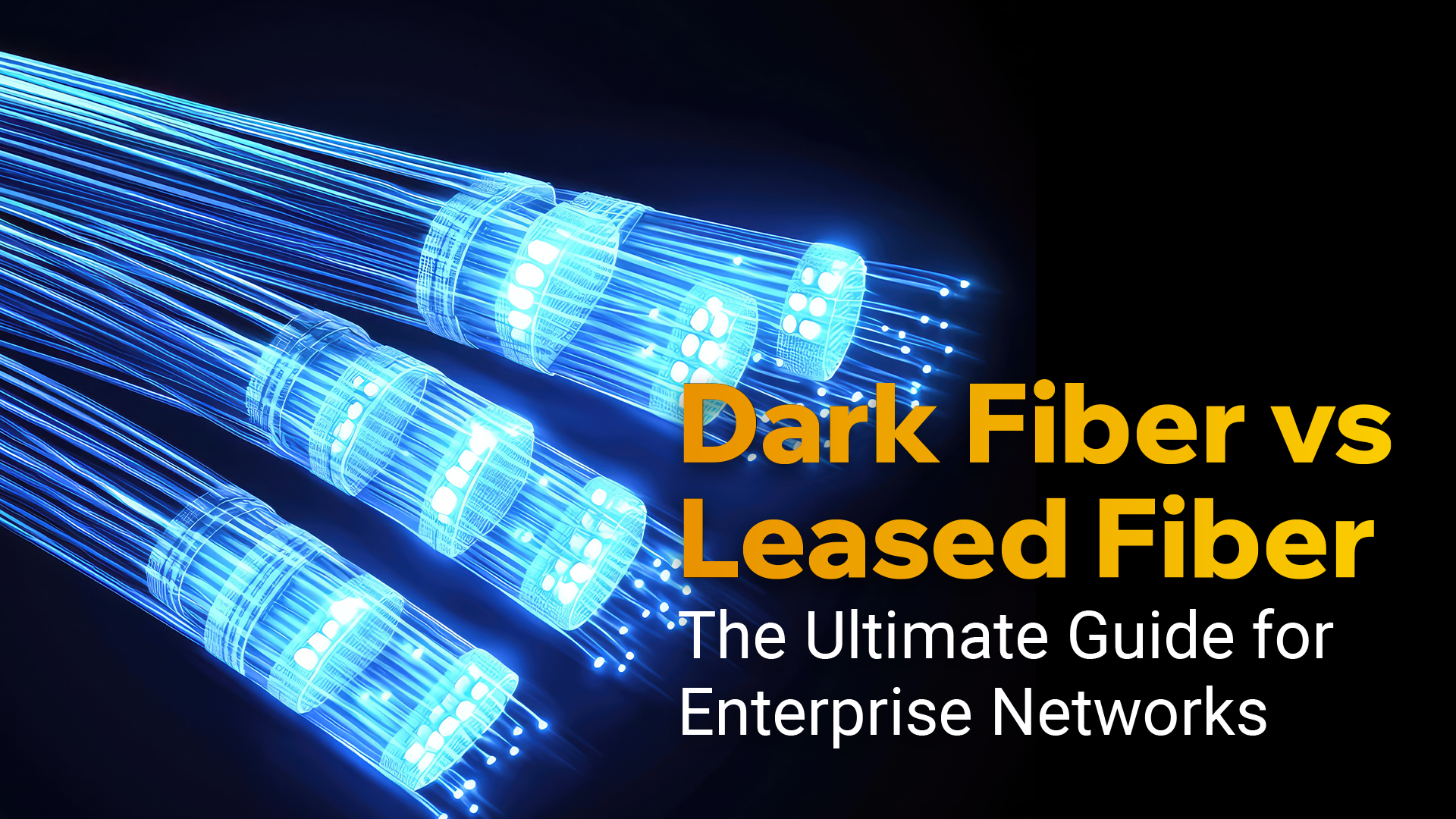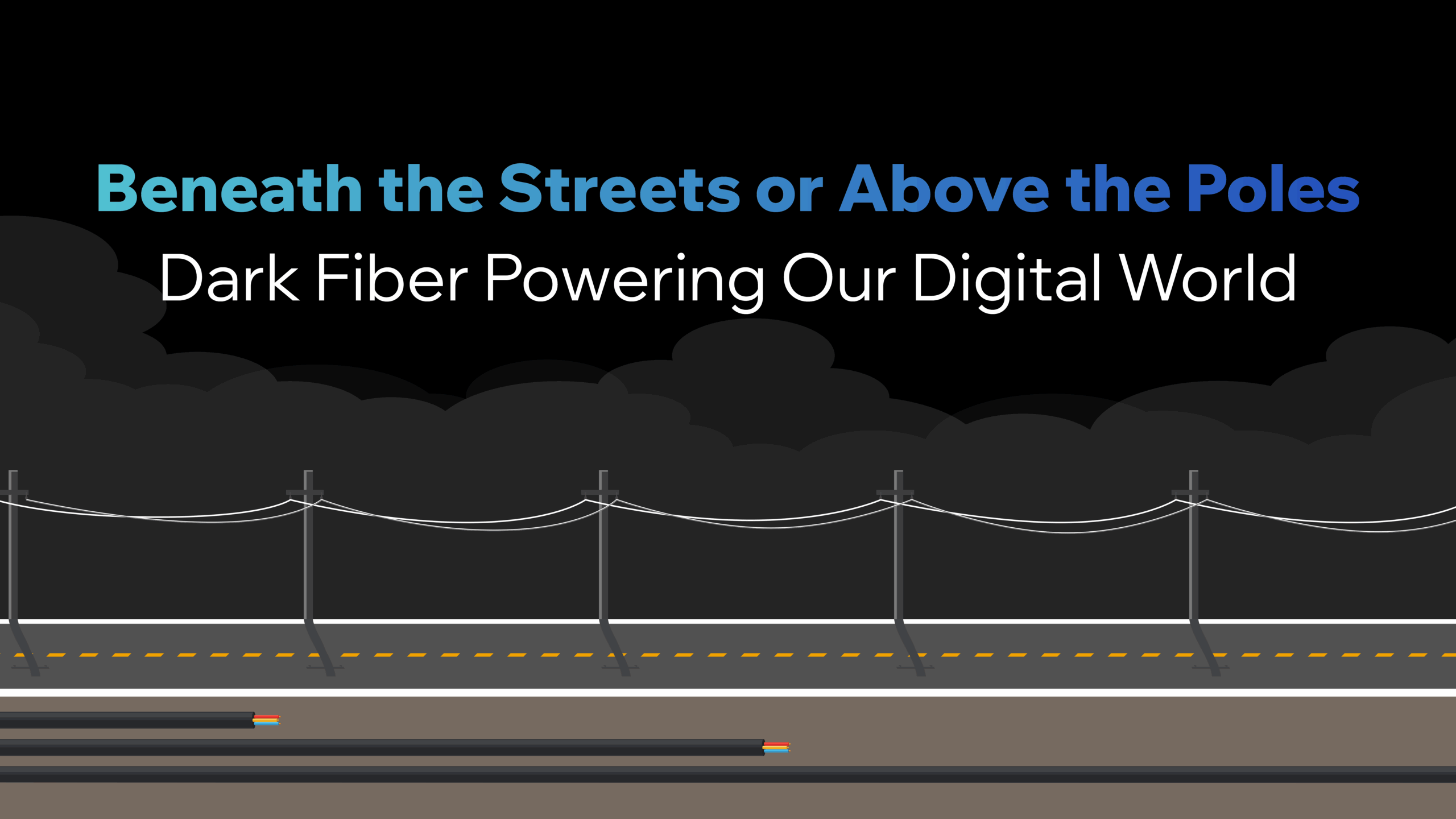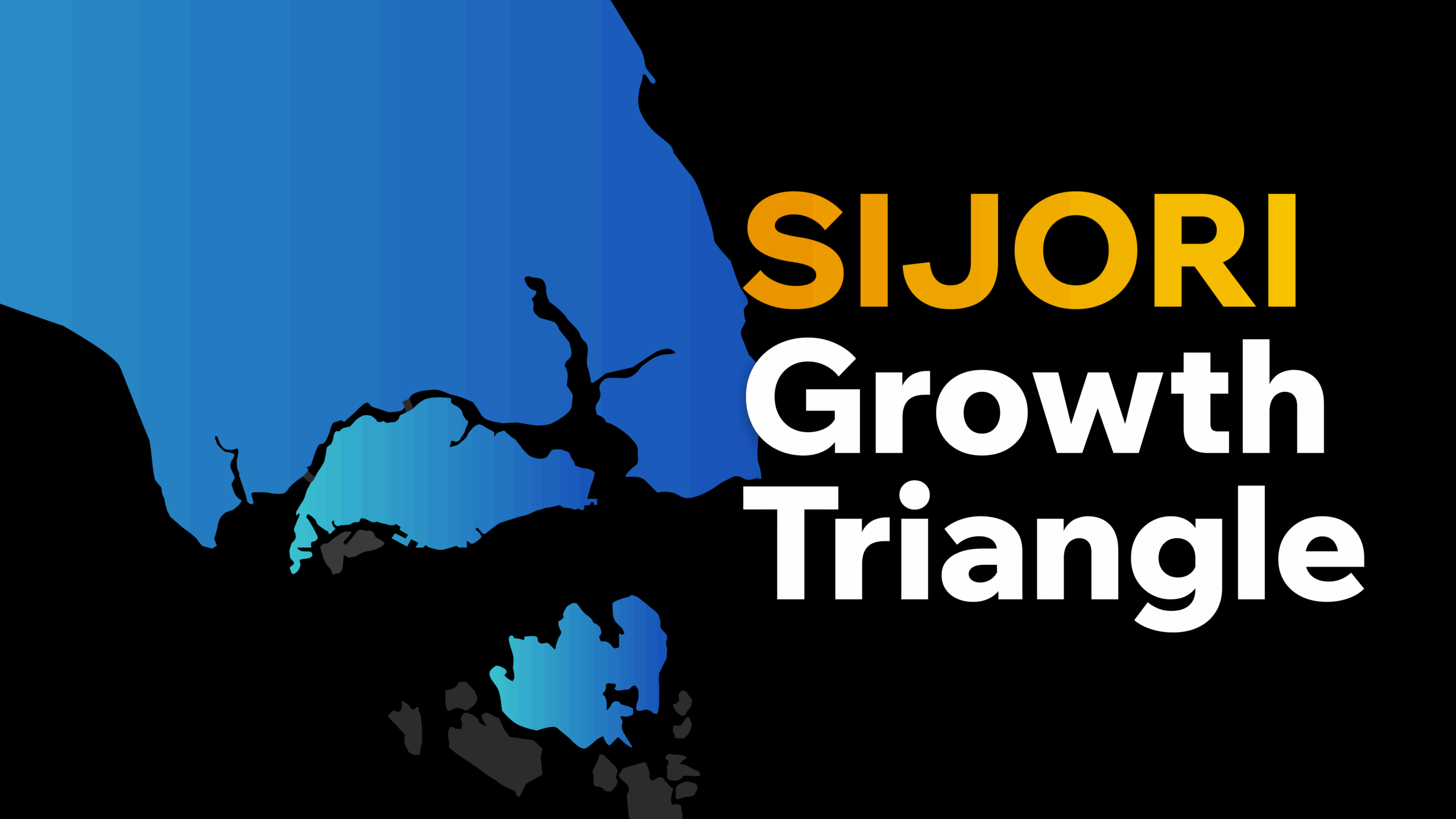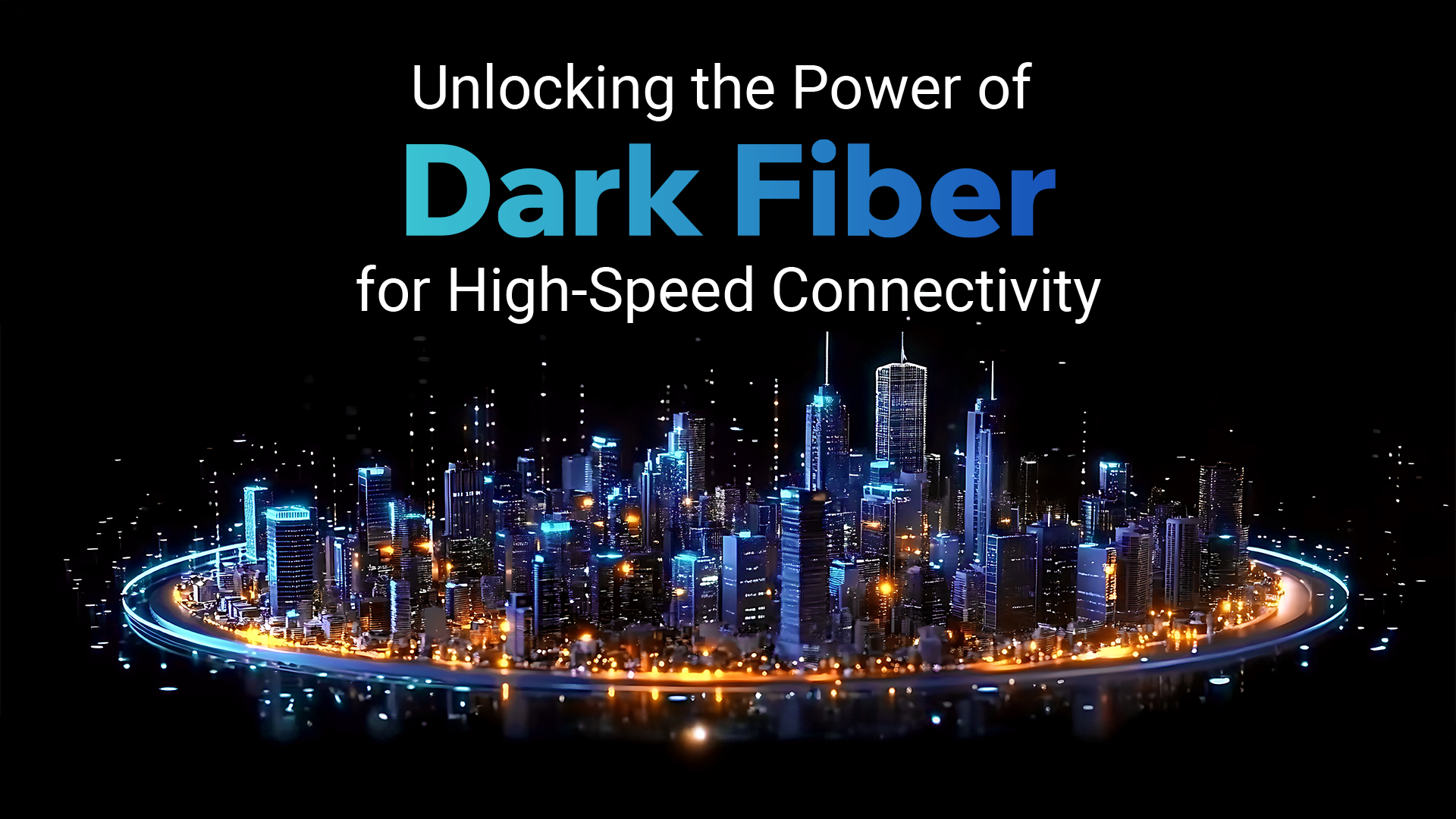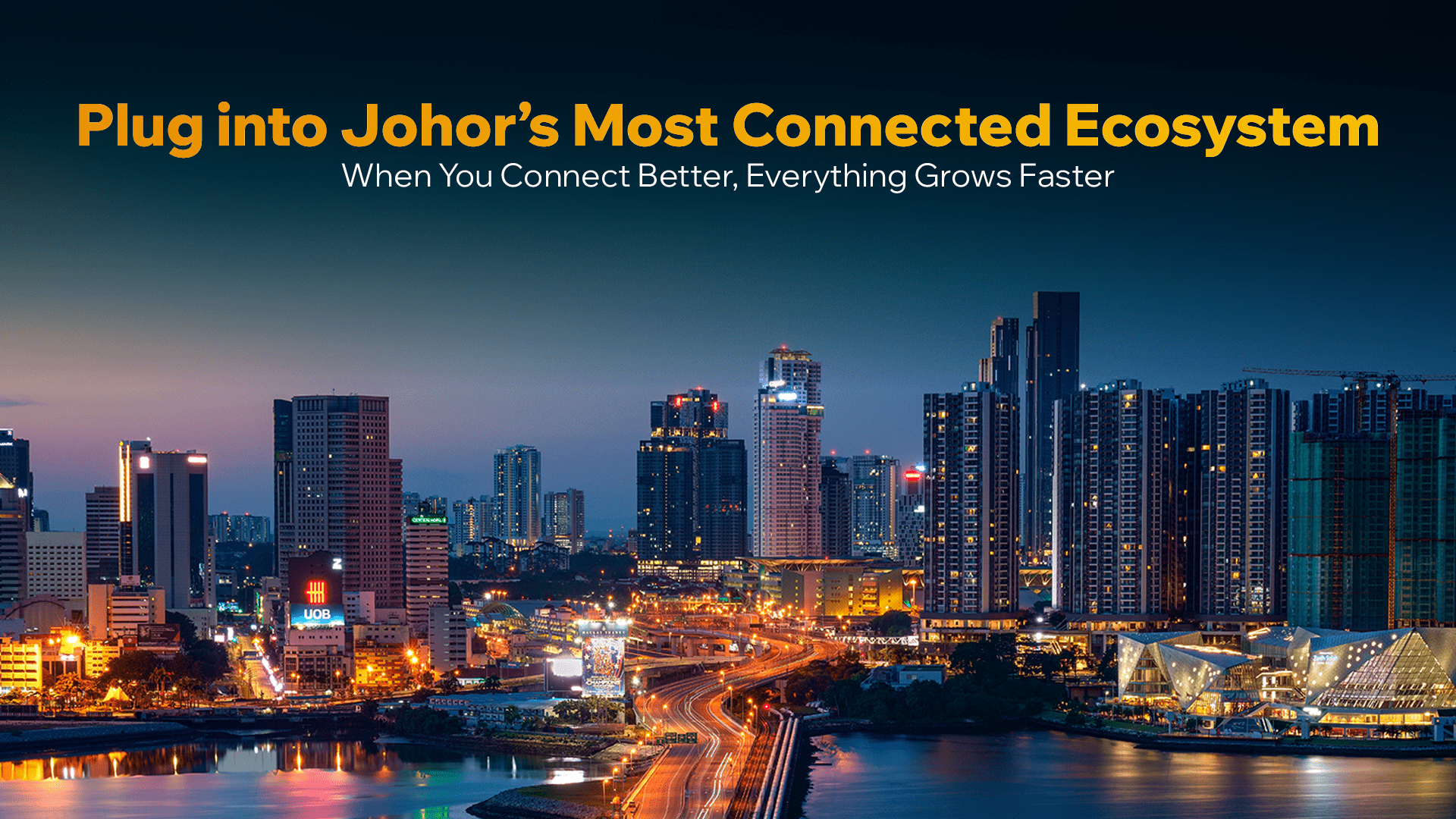
Plug into Johor’s Most Connected Ecosystem When You Connect Better, Everything Grows Faster
ohor’s digital momentum is accelerating, and Dark Fiber has become the silent powerhouse driving that growth. Built for businesses that refuse to compromise on speed, control, or security, Dark Fiber gives you a private, dedicated pathway across the region’s most strategic routes. This isn’t just high-capacity infrastructure—it’s a foundation that empowers enterprises to scale boldly, run smarter, and innovate without boundaries. As data-heavy operations, automation systems, and cloud architectures expand, organizations need a connectivity backbone that keeps pace. Dark Fiber delivers raw, uncontended bandwidth with the freedom to light it your way—dense wavelengths, tailored capacity, and full operational control. From industrial parks to major data center clusters, Johor’s Dark Fiber routes offer secure, low-latency transport built for mission-critical environments and long-term digital evolution. It’s your express lane to a faster, smarter future. Why Choose Us 01 — We Are Demanding Too We expect high performance from our partners—because our customers expect the same from us. Every connection is held to strict standards, ensuring consistency and reliability at every layer. 02 — Fast & Predictable Deployment Our project timelines are proven, structured, and transparent. With clear delivery milestones, ARNet minimizes disruptions and ensures rapid go-live, so your operations stay on track. 03 — Escrow & Station Ownership We provide neutral colocation and guaranteed station access, backed by long-term ownership clarity. Responsibilities stay aligned, and you gain full confidence in the stability of your infrastructure. 04 — SLA & Real-Time Monitoring ARNet is committed to >99.99% uptime—supported by proactive fault detection, live monitoring dashboards, and 24/7 alerts. You stay informed, protected, and always a step ahead. Dark Fiber gives you more than bandwidth, it gives you freedom. Freedom to scale, to innovate, and to build without the limits of shared networks or unpredictable congestion. Ready to unlock Johor’s most robust private connectivity routes? Book a meet: alliance@dcconnectglobal.com

